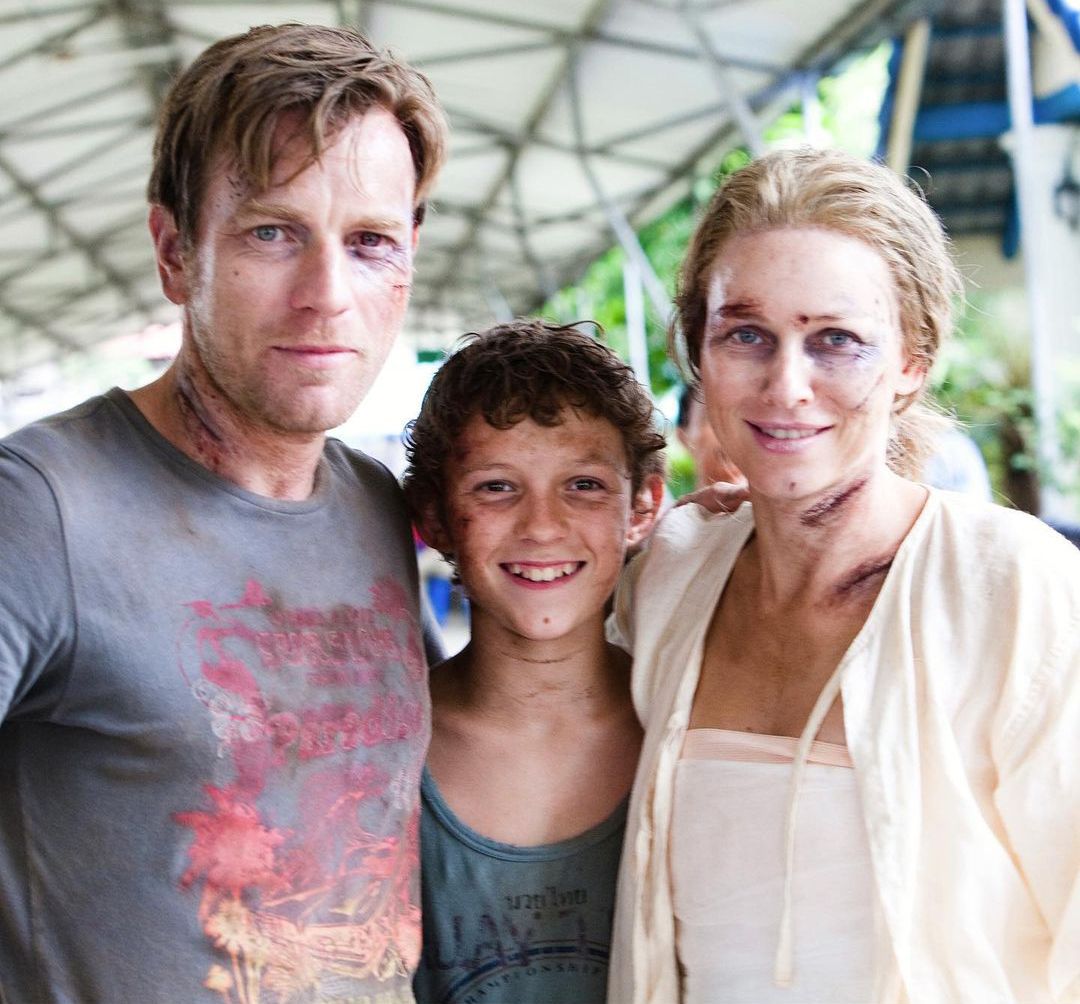The Ultimate Parental Guide to “The Impossible” Movie
Welcome, parents! It’s time to equip you with a well-rounded understanding about “The Impossible” movie, just in case your child wishes to watch it. This captivating movie has a lot to deliver in terms of understanding human endurance in the face of natural disasters. This guide aims to help you make an informed decision on whether it’s appropriate for your children to watch and what themes are being discussed.
A Brief Overview of “The Impossible” Movie
“The Impossible” is a riveting true story about a family’s experience during the unfortunate 2004 Tsunami in Thailand. It’s a heart-wrenching showcase of resilience and the power of a family’s love.
The Impossible Movie Key Features
Genre & Age Rating
Genre & Age Rating
“The Impossible” is categorized as a Drama and History movie. It is rated PG-13 for its intense realistic disaster sequences, including disturbing injury images and brief nudity. Hence, it may be more suitable for children above 13 years.
Vital Themes
“The Impossible” will expose your child to the realities of natural disasters. Its central theme helps viewers develop empathy towards disaster victims, understand the significance of family bonding, and realize the immense power of human resilience. However, some scenes may be intense for younger viewers due to its graphic and realistic representation.
Cast and Characters
“The Impossible” movie boasts an impressive cast. The storyline primarily follows a family, with Naomi Watts and Ewan McGregor as the parents and Tom Holland as the eldest son. Each character’s portrayal is heartfelt and genuine.
Because of its intense scenes and emotional context, “The Impossible” might not be the ideal movie for very young viewers. But it can be an appropriate choice for teenagers, especially those who are interested in learning about history, human resilience, and the strength of love in the face of adversity.

Watching “The Impossible” Movie With Your Kids
Optimal Viewing Age
As already discussed, due to the movie’s intense scenes and PG-13 rating, it’s recommended that “The Impossible” be viewed by children who are at least 13 years old. However, this is just a guideline and you know your child best. If your child is mature and has a strong understanding of historical events, they might be ready for “The Impossible” even before they hit the teens.
Educational Opportunities
“The Impossible” movie offers a prime opportunity to discuss natural disasters, resilience, and the importance of family. This movie allows active discussions around these core educational themes and can provide a springboard for future learning about historical events.
What “The Impossible” Teaches Us
Understanding the Strength of Family
The Alonso family’s unbreakable bond is what keeps them going through the disaster and the aftermath. The chance to discuss the importance of family, love, and unity with your child presents itself beautifully through “The Impossible”.
Learning From History
Significant historical events such as the 2004 Tsunami provide rich learning opportunities. This movie offers a visceral glimpse into the harrowing experience of one family during this event.
Endurance & Resilience
“The Impossible” paints a vivid picture of human resilience. It’s an opportunity to discuss with your child how vital it is to never give up, no matter what obstacles life throws our way.
Concluding Thoughts
“The Impossible” is a movie full of teachable moments and conversations waiting to happen. It’s not just a movie; it’s a conduit for essential life lessons. As a parent, use this guide to navigate through the movie’s contents and assess its impact on your child’s understanding of historical events and human values. A memorable movie experience awaits!
Preparing for ‘The Impossible’ Movie: A Parent’s Guide
Getting ready to watch ‘The Impossible’ movie with your children? Here are 5 valuable pointers you should keep in mind to make the most out of this viewing experience.
1. Understanding The Theme
‘The Impossible’ is based on a true story of one family’s survival during the 2004 Tsunami. It’s essential for parents to know that the movie deals with intense topics like disaster, survival, loss, and resilience; therefore, it may not be suitable for very young viewers.
2. It’s Rated PG-13
The movie is rated PG-13 due to its realistic, often graphic, depiction of the Tsunami’s aftermath. Consequently, it contains scenes of peril and injury which might distress younger or sensitive children. Be prepared to answer any questions your kids may have.
3. Promote Discussions
Parents should use ‘The Impossible’ as a tool for facilitating discussions about natural calamities, survival strategies, and the importance of staying strong in the face of adversity. Talking about these themes will not only help children to understand the movie better but also teach valuable real-life lessons.
4. Emotional Preparation is Key
The film is emotionally intense, and it may stir a lot of feelings in young viewers. Parents should prepare children for the emotional aspects of the film and be there to support them through the viewing journey.
5. It Inspires Empathy
Despite its intense plot, ‘The Impossible’ offers an ultimate message of human resilience and empathy. Parents should highlight these underlying positive lessons, promoting compassion and understandings for those who suffer in life.
In conclusion, preparation, communication and understanding are essential for parents planning to watch ‘The Impossible’ with their children. It’s a powerful movie that, when approached right, can lead to meaningful conversations and learning opportunities.
For more great articles please see here. For more information see here
Disclaimer
The articles available via our website provide general information only and we strongly urge readers to exercise caution and conduct their own thorough research and fact-checking. The information presented should not be taken as absolute truth, and, to the maximum extent permitted by law, we will not be held liable for any inaccuracies or errors in the content. It is essential for individuals to independently verify and validate the information before making any decisions or taking any actions based on the articles.




